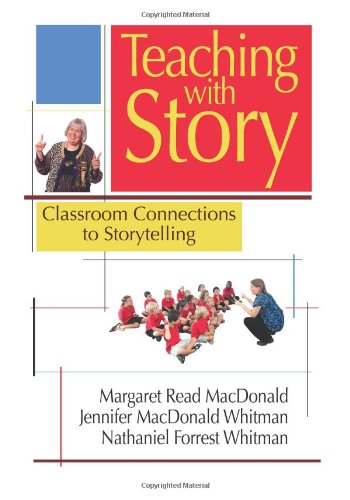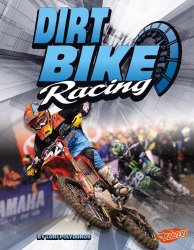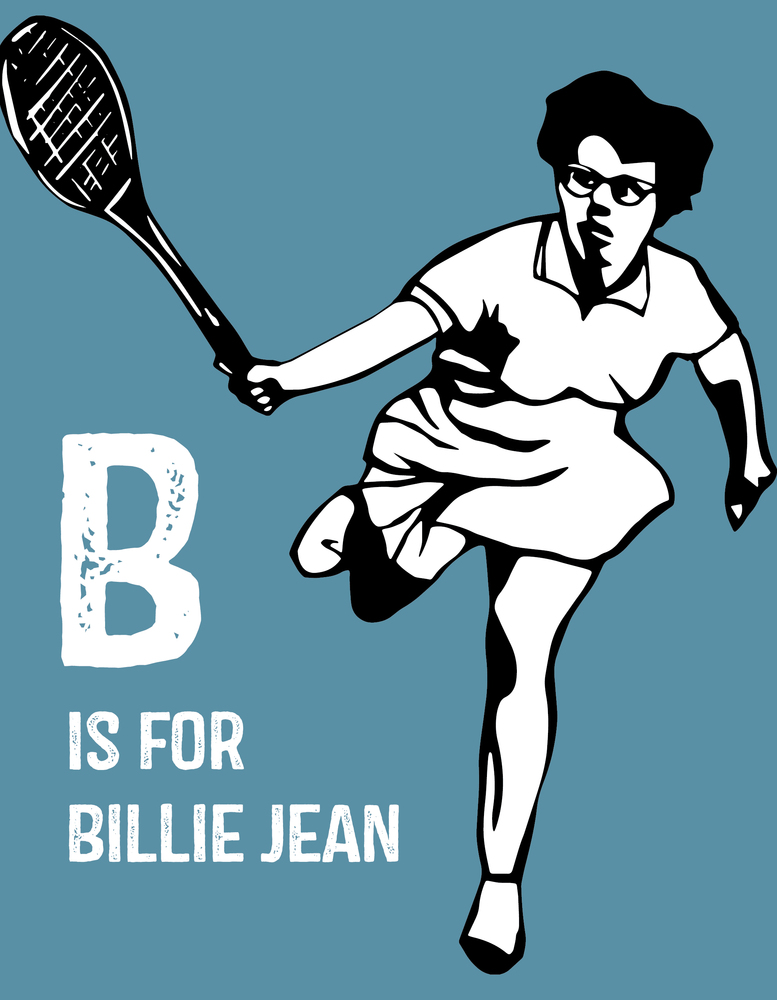#kidlit Book of the Day: Teaching with Story: Classroom Connections to Storytelling from August House

Teaching with Story: Classroom Connections to Storytelling
by Margaret Read MacDonald (Author), Jennifer MacDonald Whitman (Author), and Nathaniel Forrest Whitman (Author)
Booktalk: An invaluable resource book for using storytelling in the classroom, this book correlates with the Common Core Standards and covers “The Seven C’s” of Storytelling: Community, Character, Communication, Curriculum, Cultural Connections, Creativity, and Confidence.
Snippet: We will use the Common Core Standards as our guide and we will highlight the direct links that storytelling has with many of the standards we are already trying to teach. If someone ever questions the fact that you are spending time telling tales, you can explain how many different standards you are addressing every time you tell a story.
It’s Nonfiction Monday!
Literary Link:A new first for the Carnival of Children’s Literature–our May 2015 Carnival of Children’s Literature Roundup links to 2 #kidlit book tours!
Copyright © 2015 Anastasia Suen All Rights Reserved.












